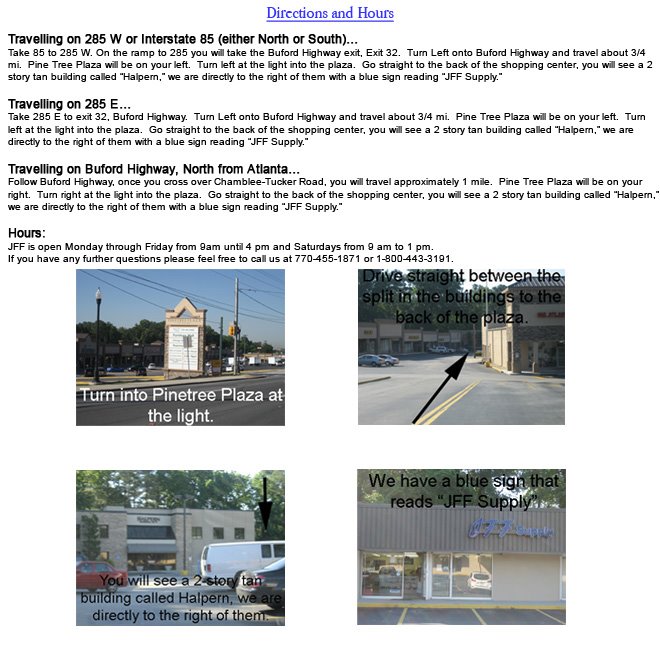Q: What does it mean to "dress" a hammer?
A: Dressing a tool involves grinding and sanding away any sharp edges or rough spots on the face and following up the process by polishing to a high shine. Essentially dressing your hammer is a fancy way of saying modifying. There are many different ways to go about this; by hand, with a flex shaft, on a buffing machine, etc.
Many times the hammer will be highly polished but have sharp edges that will leave marks on your metal, the whole point of having your hammers polished is so you don’t have to go back and grind away weird textures and lines left behind. Dressing your hammer will clean up these edges and give you much less work in the long run. You can also modify your hammer to have a more pointed face, like with a cross peen hammer, or give the flat side of your planishing hammer a more crowned face.
Modifying by hand is very time consuming, mounting the hammer in a vise and using various grits of sand paper to remove the edges and then polish the surface. Using a belt sander can speed up the process, but there is still the hand polishing for the final steps.
The flex shaft and buffing machine use a similar process, while the buffing machine is much faster and easier. Begin by using a stone wheel, like a mizzy wheel. This will remove the edges quickly, leaving behind a rough surface. Follow up with a silicone grinding wheel, like the Artifex wheel, to clean up the rough surface. If you don’t have a lot of material to remove, start with the Artifex wheel. Finally, follow up with a tripoli and a rouge. I will typically use bobbing compound as my Tripoli and green rouge as my final high shine polish.
go back to JFF
Subscribe to:
Post Comments (Atom)



No comments:
Post a Comment